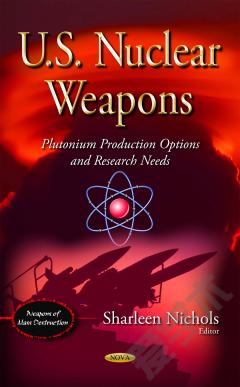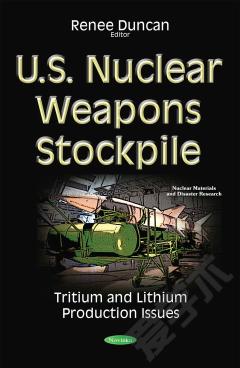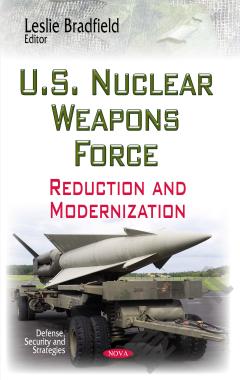U.S. Nuclear Weapons: Plutonium Production Options and Research Needs
Nuclear weapons are an essential part of the nation’s defense strategy. The National Nuclear Security Administration’s (NNSA) manages the nation’s nuclear weapons stockpile and carries out research to help extend the life of existing weapons. The core of a nuclear weapon, called a “pit", requires plutonium (a man-made radioactive element) to create a nuclear explosion. Until 1989, the Rocky Flats Plant (CO) mass-produced pits. Since then, the United States has made at most 11 pits per year (ppy). U.S. policy is to maintain existing nuclear weapons. To do this, the Department of Defense states that it needs the Department of Energy (DOE), which maintains U.S. nuclear weapons, to produce 50-80 ppy by 2030. While some argue that few if any new pits are needed, at least for decades, this book focuses on options to reach 80 ppy. Since pit issues are complicated, this book contains technical and regulatory details that are needed to understand the advantages, drawbacks, and uncertainties of various options. The book includes a description of plutonium, pits, and pit factory problems before considering several pit production options.
{{comment.content}}








 京公网安备 11010802027623号
京公网安备 11010802027623号